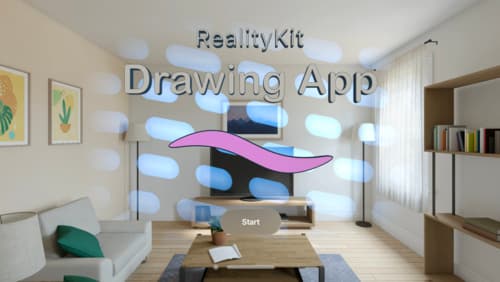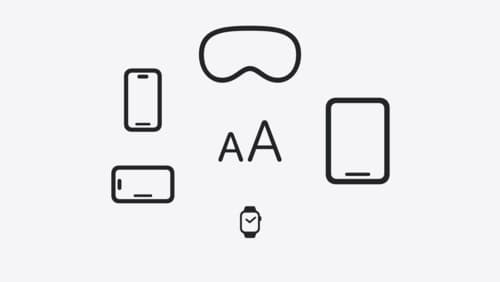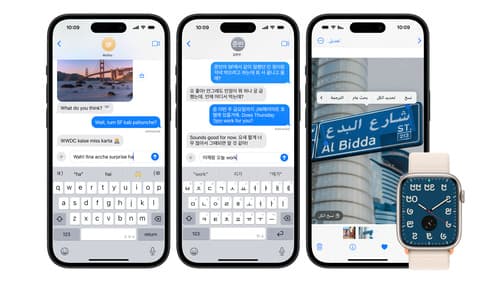In-depth UILabel
Asked on 2024-09-13
1 search
To gain an in-depth understanding of UILabel, you can explore several sessions from WWDC that discuss text handling and customization in iOS development:
-
Get started with Dynamic Type: This session covers how to use built-in text styles with UIKit, including setting the
adjustsFontForContentSizeCategoryproperty on a UILabel to ensure it automatically updates its font when the system text size changes. It also discusses setting the number of lines to zero to avoid text truncation. -
Build multilingual-ready apps: This session emphasizes the importance of using TextKit 2 for rendering text correctly in multiple languages. It highlights how using labels or text views in SwiftUI, AppKit, or UIKit automatically leverages TextKit 2 for proper script rendering.
-
Create custom visual effects with SwiftUI: Although focused on SwiftUI, this session introduces the text renderer protocol, which allows for custom text drawing and animation, offering insights into advanced text handling techniques that could inspire similar approaches in UIKit.
These sessions provide a comprehensive look at text handling, dynamic type, and multilingual support, which are crucial for effectively using UILabel in your applications.

Build a spatial drawing app with RealityKit
Harness the power of RealityKit through the process of building a spatial drawing app. As you create an eye-catching spatial experience that integrates RealityKit with ARKit and SwiftUI, you’ll explore how resources work in RealityKit and how to use features like low-level mesh and texture APIs to achieve fast updates of the users’ brush strokes.

Get started with Dynamic Type
Dynamic Type lets people choose their preferred text size across the system and all of their apps. To help you get started supporting Dynamic Type, we’ll cover the fundamentals: How it works, how to find issues with scaling text in your app, and how to take practical steps using SwiftUI and UIKit to create a great Dynamic Type experience. We’ll also show how you can best use the Large Content Viewer to make navigation controls accessible to everyone.

Build multilingual-ready apps
Ensure your app works properly and effectively for multilingual users. Learn best practices for text input, display, search, and formatting. Get details on typing in multiple languages without switching between keyboards. And find out how the latest advances in the String Catalog can make localization even easier.
